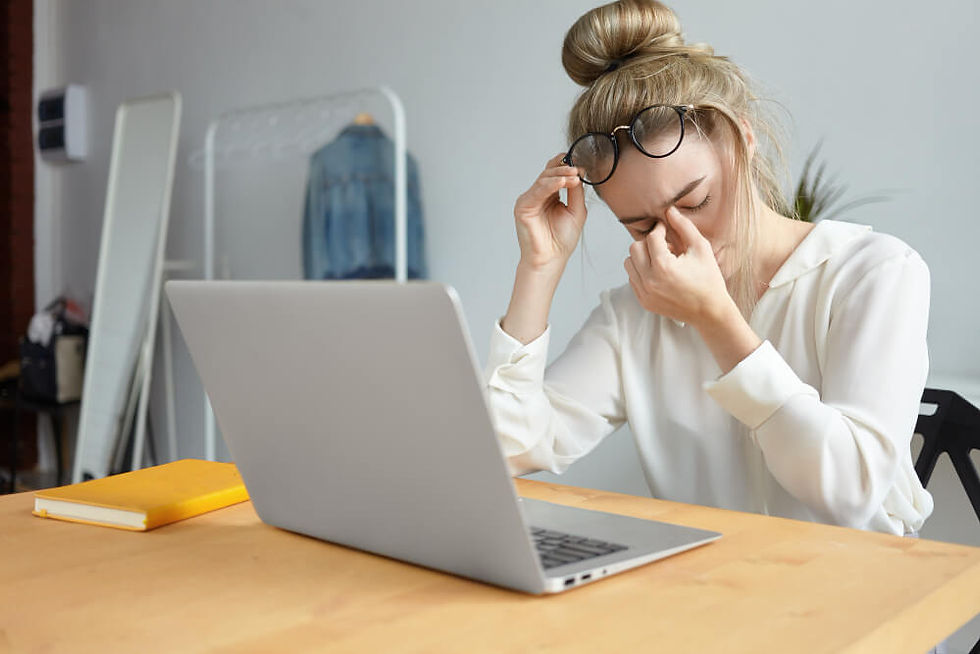

Your 2025 Guide to Panama Citizenship and Investment
Discover the benefits of Panama citizenship for investors. Learn the steps to secure your future in the Americas with ease.


Essential Guide to Medical Spa Treatments: Boost Your Beauty
Explore the benefits of medical spa treatments to rejuvenate your skin and enhance your self-esteem with minimal downtime.


Micro Habits: Small Changes for Big Emotional Gains
Explore the power of micro habits and their potential to transform your self-care routine with small, impactful changes.


How to Find the Right Fitness Coach
Discover the role of a fitness coach and how they can help you stay motivated and progress towards your health goals.


Med Spa Wellness: Inside-Out Support for Healthy Living
Discover how med spas combine wellness, medicine, and self-care to support balanced living, boost confidence, and enhance long-term health.


How Asheville Shapes Modern Cannabis Culture
Explore the evolving cannabis culture in Asheville, emphasising responsible use and informed consumer choices.


Maximizing Therapy Benefits Between Sessions
Maximise your therapy results by doing the work between sessions. Discover essential strategies for effective growth.


Busting Myths: Why Traditional Lower Back Pain Treatments Fail
Unsure which lower back pain treatments actually work? Explore the latest evidence and proven strategies that can help you find lasting relief.


How Can You Improve Indoor Air Quality
Learn how you can improve indoor air quality by addressing dust, chemicals, and humidity in your home environment.







